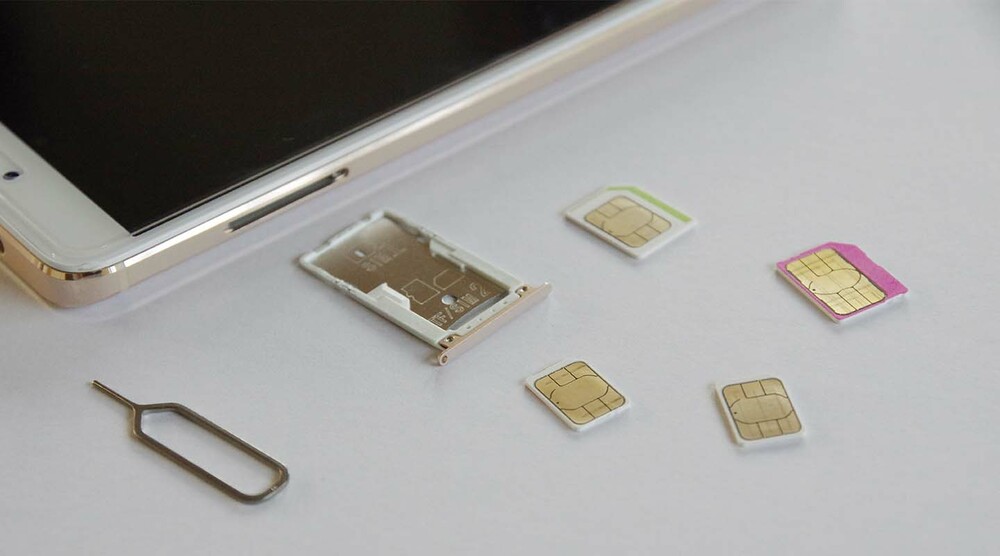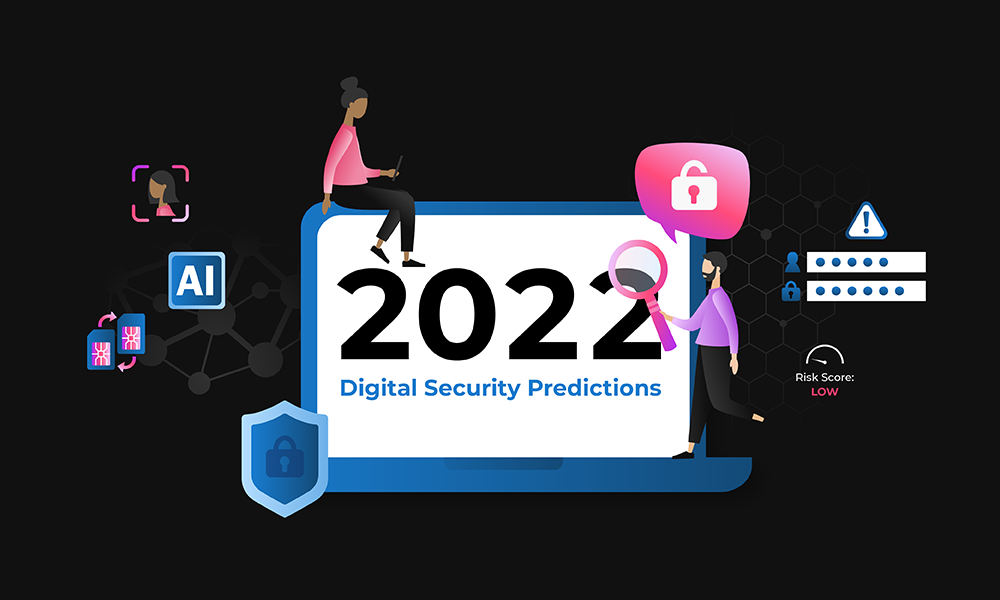
Let’s face it – even with the strongest of passwords, two-factor authentication, or never getting reeled in by a phisher – anyone can be a victim of a cyberattack. If Jack Dorsey can get his Twitter account hacked – how exposed are your users?
As the global adoption of digital banks, wallets, and cryptocurrency skyrockets, companies and consumers are exposed to new, unprecedented opportunities for fraud and theft. For consumers and financial institutions, cyber fraud is a frightening proposition. In 2020, 39 million consumers lost a collective $43 billion to identity fraud, according to Javelin Strategy’s 2021 Identity Fraud Study. Unfortunately for consumers, fraud losses are not always covered by the financial institution.
Nearly 1 out of 3 identity fraud victims believe their financial service provider did not resolve the issue, and a concerning 4 out of 10 victims closed their accounts at the financial institution where their fraud occurred. Identity fraud victims pose a significant threat to customer attrition, loyalty, and growth.
SIM swap fraud is common & effective
A SIM swap is one of the most damaging types of fraud because it gives fraudsters control of a user’s device, allowing bad actors to circumvent two-factor authentication protocols. Online brokerage accounts can be drained, products purchased, cryptocurrency transferred all in a matter of minutes.
SIM Swaps are one of the effective types of cyberattacks. According to a 2020 Princeton University study, 80% of SIM swap attempts are successful, and they’re on the rise. Since 2015, SIM swap fraud has increased 400%, and account takeovers have nearly doubled since 2017. The influx of SIM swap attacks is making mainstream headlines, like the cryptocurrency investor who lost $24 million or the eight fraudsters who stole $100M in cryptocurrency.
As more consumers become aware of SIM swap fraud, keeping your users safe is critical.
How to Protect Your Users from SIM Swap Attacks
While SIM swapping occurs with mobile carriers, fintech platforms can leverage mobile data and serve as a last line of defense. With access to global phone numbers and subscriber data intelligence, you can strengthen authentications, evaluate fraud risks, and enhance the user experience. SIM Swap functionality allows you to verify if and when a mobile phone was swapped or ported, and dynamic risk assessment evaluates the likelihood of fraudulent intent.
For example, if a number was ported to a new device an hour ago and then the associated account tried to move $100,000 in cryptocurrency, this might be cause for concern. Red flags would be raised, and your platform could choose to block the transaction.




